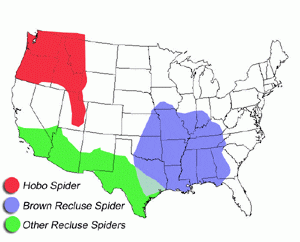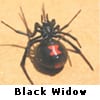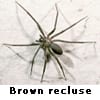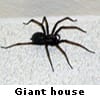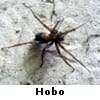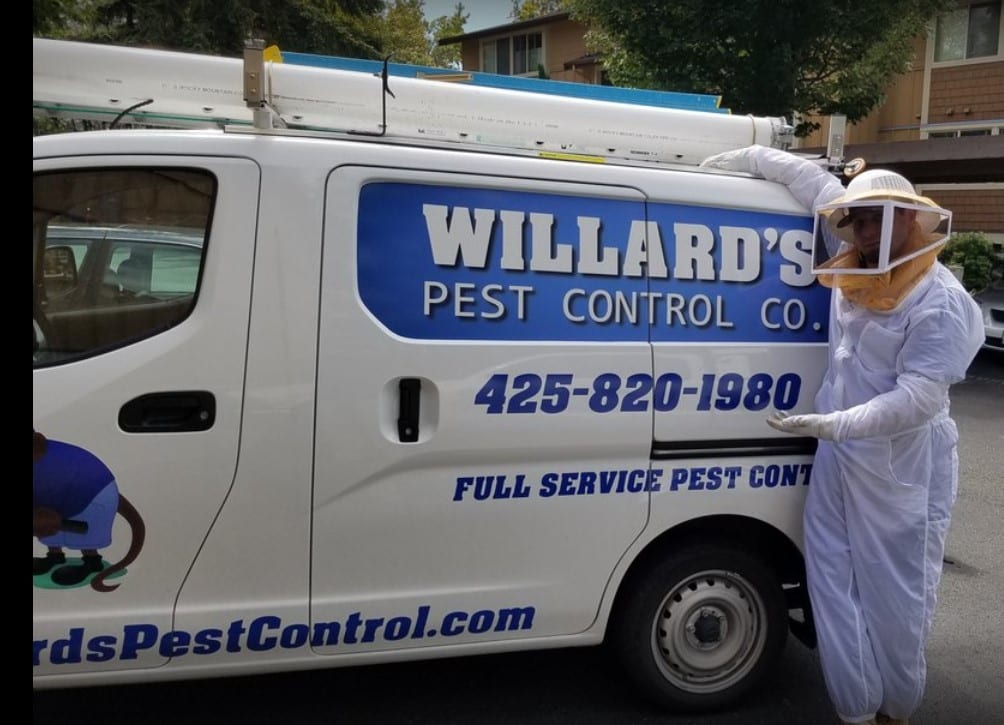Spiders are the Great White Shark of the pest kingdom. The unwarranted fear they instill can be attributed to Hollywood type myths and the notoriety of a few harmful species like the Brown Recluse or the Black Widow. In fact, most spiders are extremely beneficial, preying on other insects and often reducing pest populations in our buildings, yards, and gardens. Most spider venom is not harmful to humans. Many cannot pierce human skin with their small weakened fangs; those that do usually result in only a slight itching or irritation of the bite. Spiders do not eat solid foods, but inject a digestive fluid into their prey that dissolves the tissue that the spider can then digest. This is important when comparing the bites of certain spiders.
While there are many common species of spiders in the Pacific Northwest, only a few are of concern. These are the Black Widow, Brown Recluse, Hobo or Aggressive House spider and the Giant House spider. Black widows are found east of the Cascades, not west of the mountains and Brown Recluse spiders are located in the central Midwest region of the country (see map). Although Black widows and Brown recluse are not found here in western Washington they could be transported here. If that happened they would not flourish and survive for any length of time.
Spiders are not insects. They are distinguished by having 8 legs instead of 6. Spiders are opportunistic predators. They spin webs to capture prey, lie in wait for prey to come within easy striking distance, while others will actively search for prey.
